When a picture is worth a thousand words
National Herald brings you a collection of eight iconic snapshots which have redefined photojournalism

Curated by Tathagata Bhattacharya
The language of pictures is not just the most ancient of all languages of communication, it is perhaps the only language that is universally understood. In the annals of photojournalism, there have been a few pictures involving children which have remained etched in public memory. They remind us of a world far removed from the safety and security we all crave for. They bring us to a brutal realisation that life is short and unpredictable - that in this world, there are wars, there are disasters, both natural and manmade; that this world is not all about joy and good things but also one of pain, loss, cruelty and suffering.
Migrant Mother (1936)
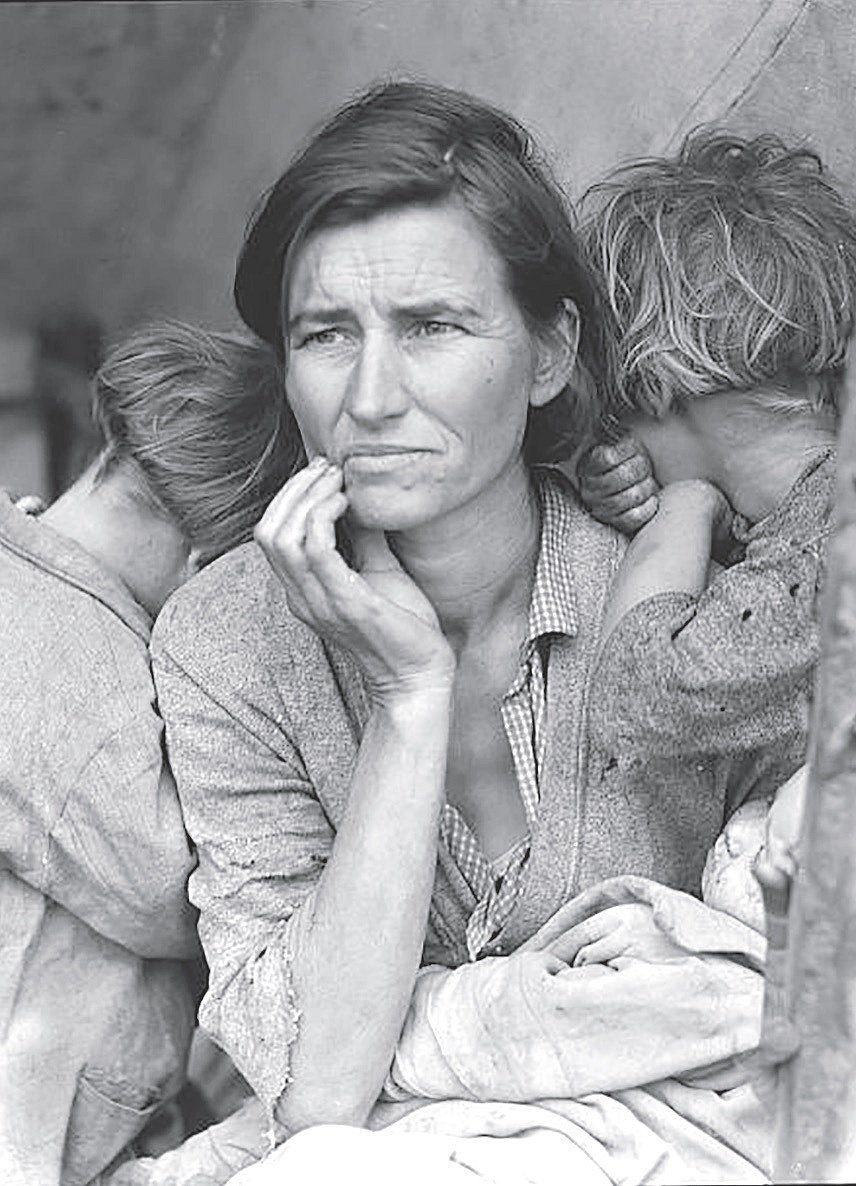
The Vulture and The Little Girl (1993)
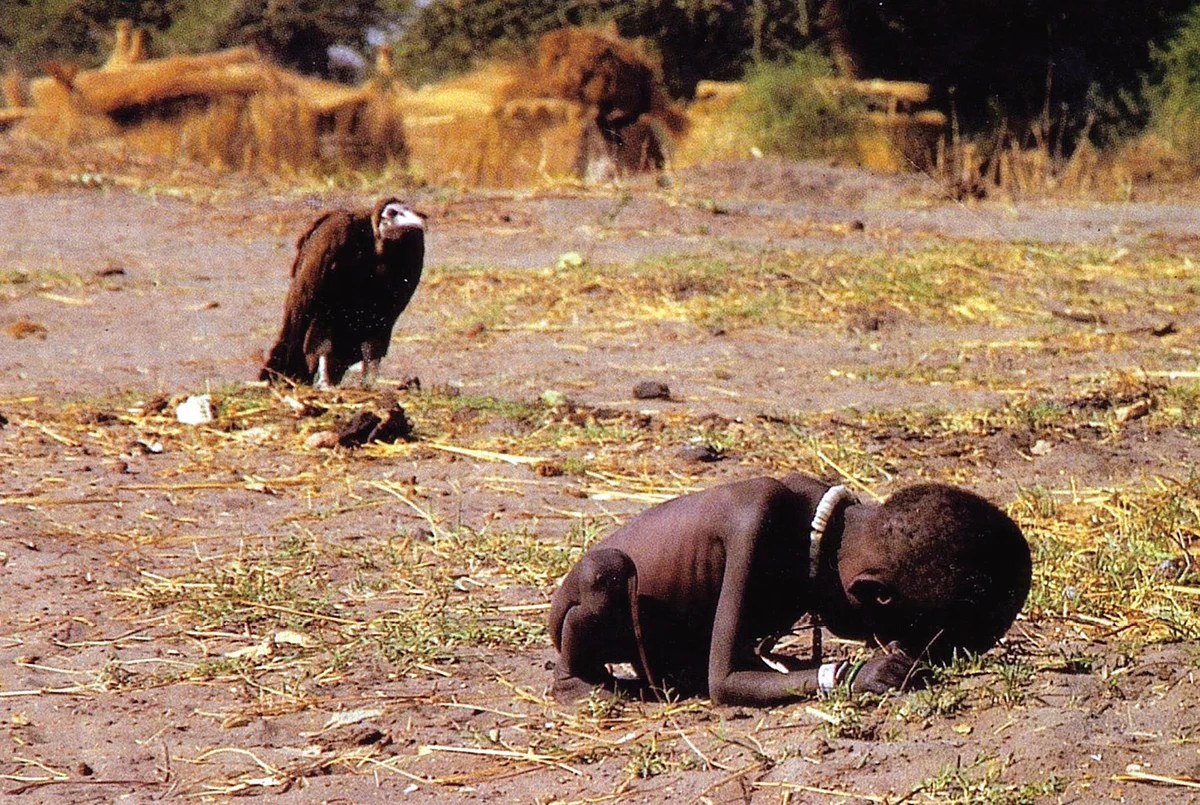
Bloody Saturday/Shanghai Boy (1937)
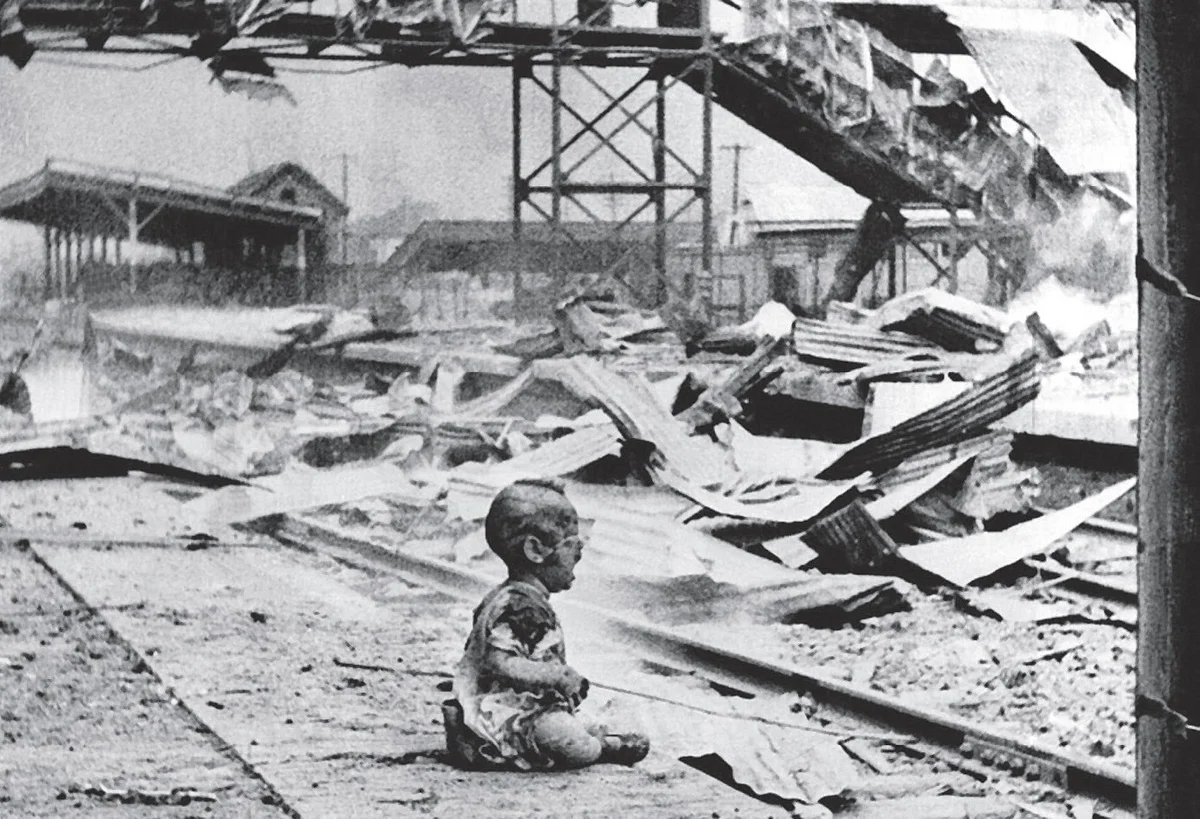
Crying Honduran Girl (2018)
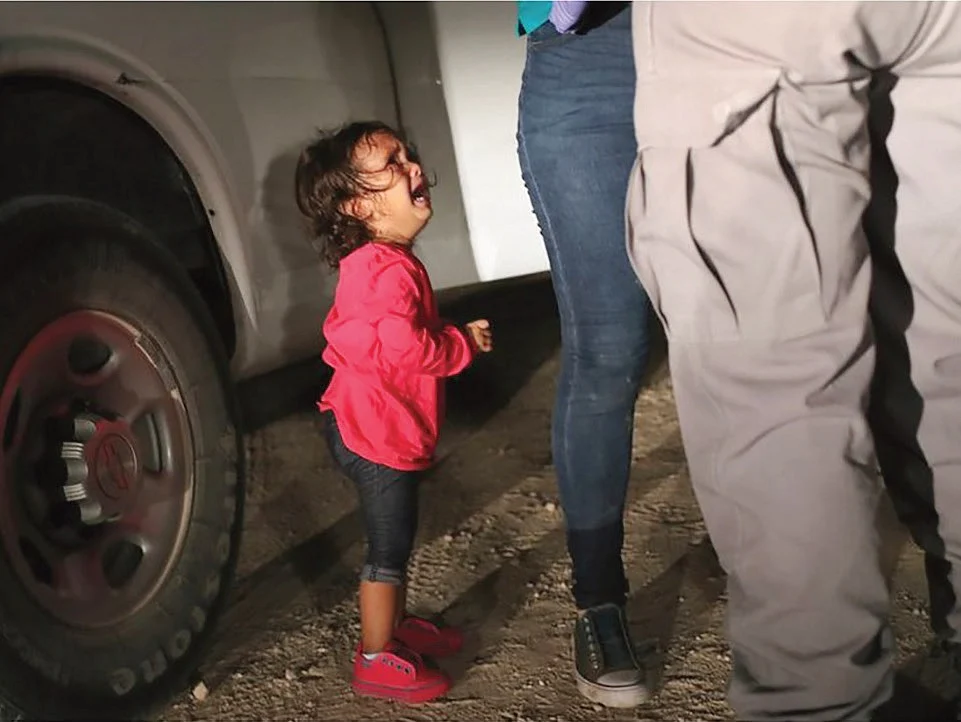
Napalm Girl (1972)
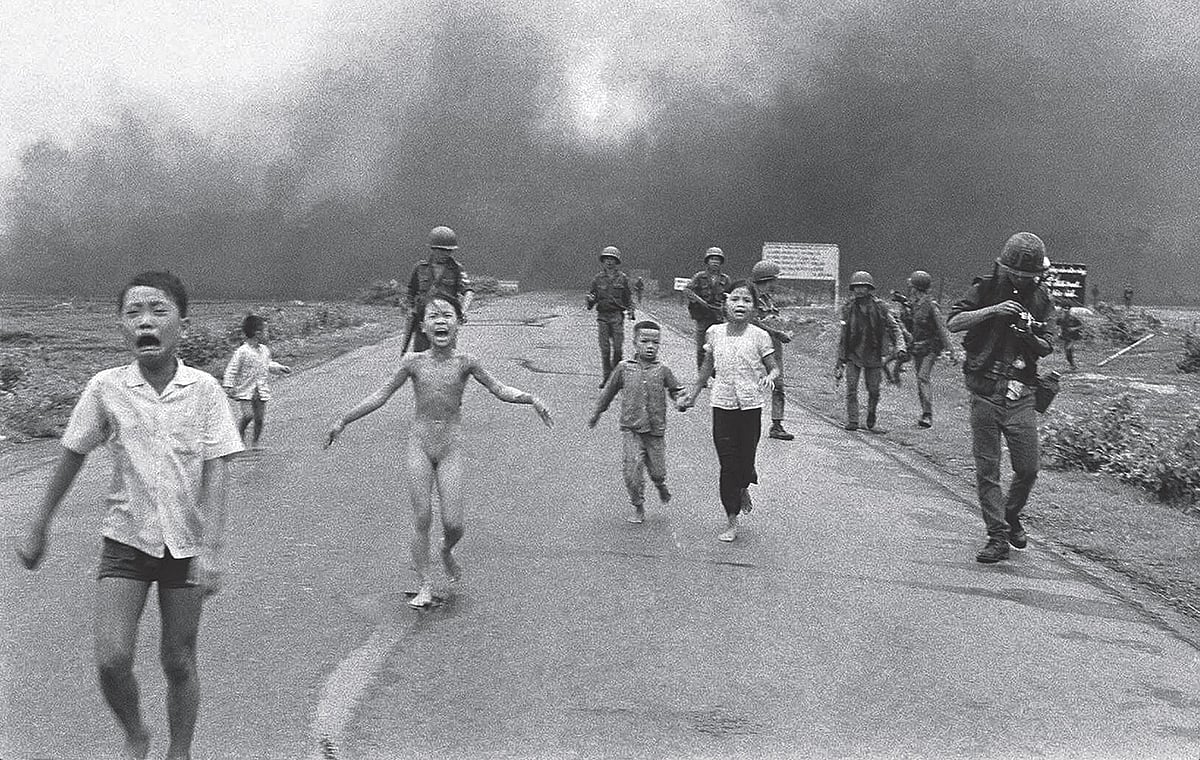
Bhopal Girl (1984)
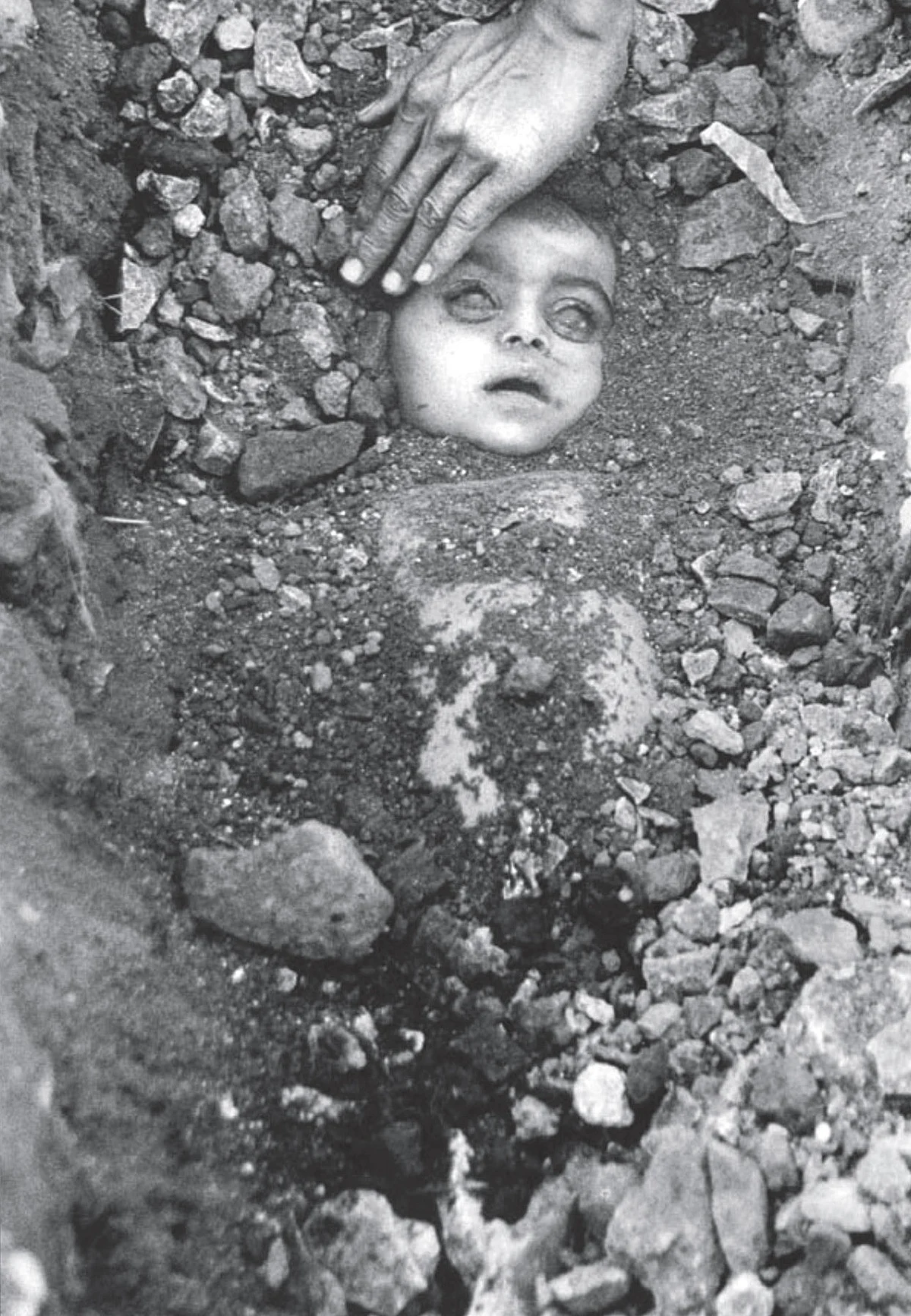
Oklahoma City Bombing (1995)
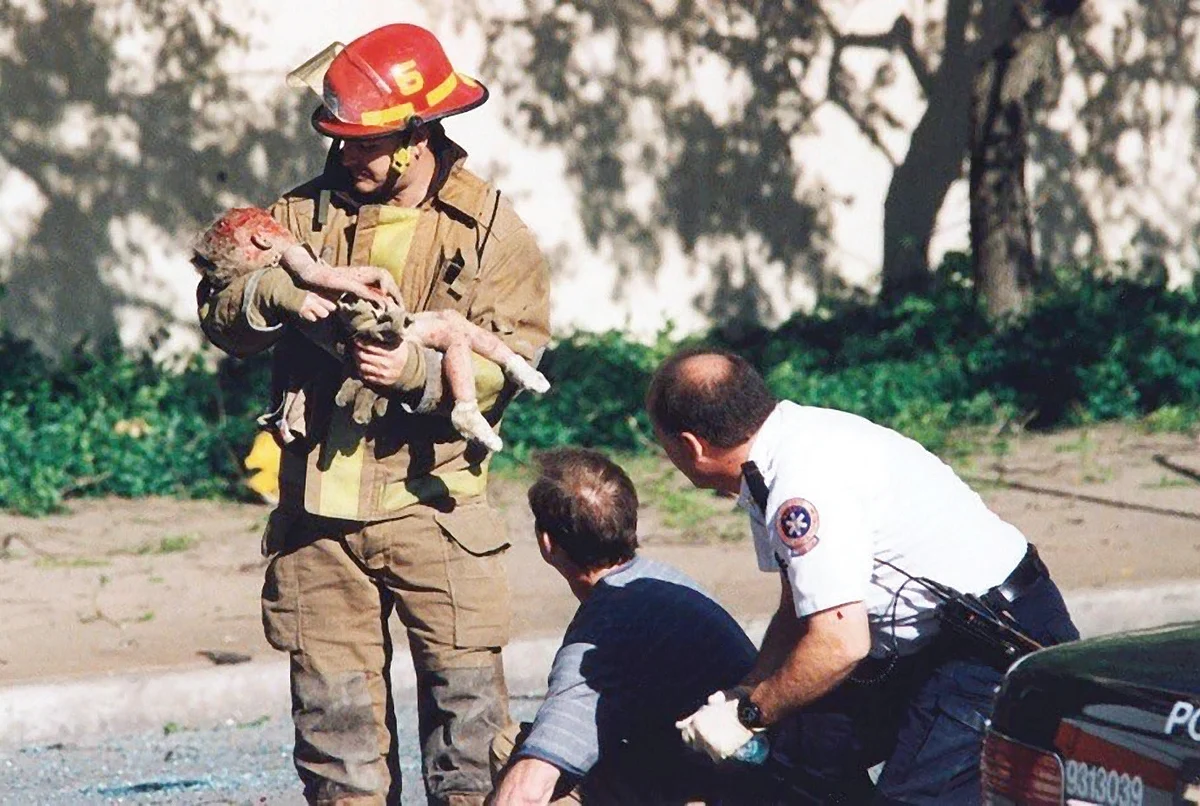
Alan Kurdi (2015)
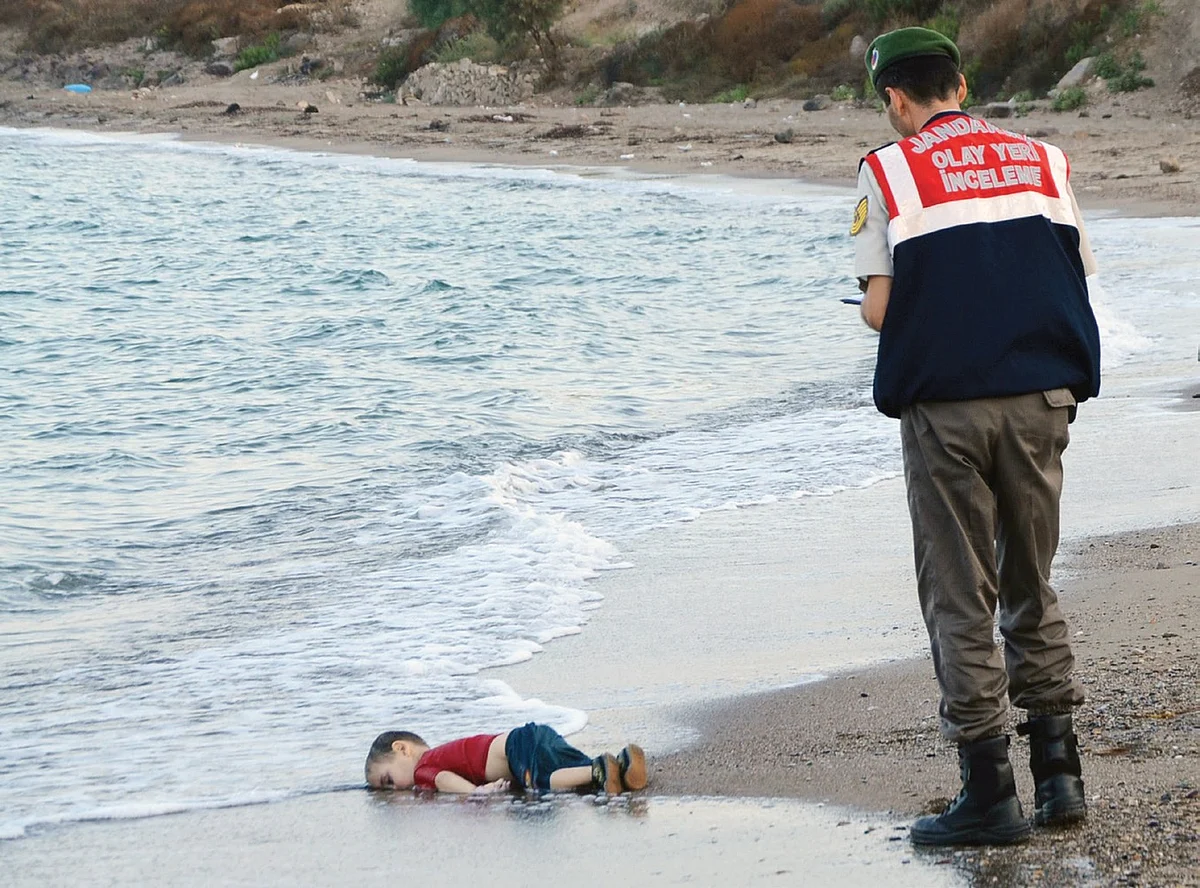
Follow us on: Facebook, Twitter, Google News, Instagram
Join our official telegram channel (@nationalherald) and stay updated with the latest headlines
